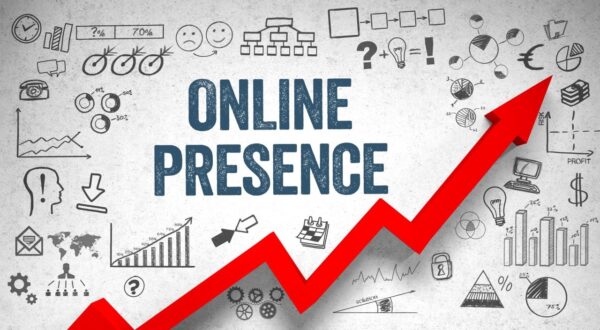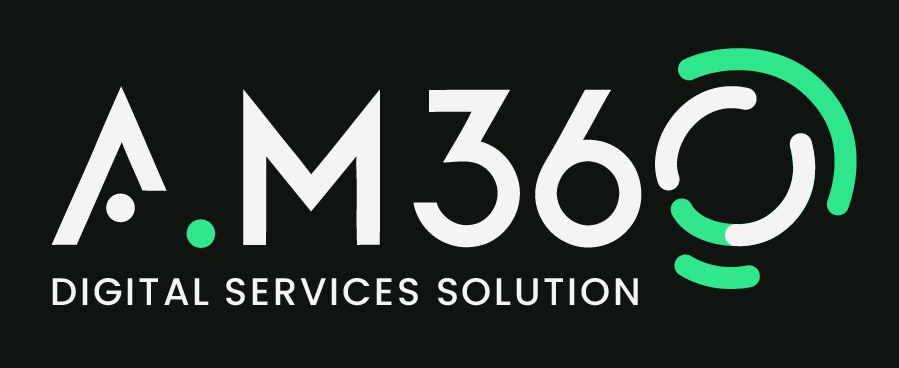
Building a Strong Online Presence: A Complete Guide for Businesses
In today’s hyperconnected world, a robust online presence isn’t just a luxury—it’s a necessity. With 4.9 billion active internet users globally, businesses that fail to establish themselves digitally risk losing visibility, credibility, and revenue. Whether you’re a startup or an established enterprise, this guide will walk you through every step of creating and maintaining an authoritative digital footprint. From website optimization to social media presence, SEO, and online reputation management, we’ll cover actionable strategies to help you dominate your niche. Understanding Online Presence: Why It Matters What Is an Online Presence? Your online presence encompasses all digital touchpoints where your brand interacts with audiences. This includes your website, social media profiles, search engine rankings, online reviews, and even employee LinkedIn pages. It’s the collective impression your business leaves on the internet. The Importance of a Strong Online Presence Credibility Boost: 75% of consumers judge a company’s credibility based on its website design (Stanford University). Competitive Edge: Businesses with optimized websites rank 53% higher in organic search traffic (HubSpot). Revenue Growth: Companies with active social media strategies see 20-40% higher customer retention rates (Bain & Company). Key Statistics to Consider 93% of online experiences begin with a search engine (BrightEdge). 88% of consumers research products online before purchasing (Retail Dive). Mobile devices drive 58% of global website traffic (Statista). Website Optimization: The Foundation of Your Digital Identity Your website is the cornerstone of your online presence. A poorly optimized site can repel visitors, hurt SEO rankings, and undermine trust. 1. Mobile Responsiveness With mobile traffic surpassing desktop, Google prioritizes mobile-first indexing. Use tools like Google’s Mobile-Friendly Test to ensure your site adapts seamlessly to all devices. 2. Page Speed Optimization Pages that load in 2 seconds have a 9% bounce rate, while those taking 5 seconds suffer a 38% bounce rate (Portent). Improve speed by: Compressing images with tools like TinyPNG. Enabling browser caching. Using Content Delivery Networks (CDNs) like Cloudflare. 3. User Experience (UX) Design Navigation: Simplify menus with clear categories (e.g., “Services,” “Blog,” “Contact”). CTAs: Use action-oriented buttons like “Get Started” or “Download the Guide.” Accessibility: Follow WCAG guidelines for color contrast and screen reader compatibility. 4. Content Quality Publish original, value-driven content that addresses audience pain points. For example, a SaaS company could offer free e-books or webinars on industry challenges. Building a Social Media Presence: Engage and Convert Choosing the Right Platforms B2B: LinkedIn, Twitter. B2C: Instagram, TikTok, Facebook. Niche Audiences: Pinterest (e-commerce), Reddit (communities). Content Strategy Tips Educational Posts: Share how-to videos or infographics. User-Generated Content (UGC): Repost customer reviews or testimonials. Consistency: Use scheduling tools like Hootsuite to maintain a steady cadence. Case Study: Glossier’s UGC Success Beauty brand Glossier attributes 70% of its social media content to customer photos, fostering community and driving $100M+ in annual revenue (Forbes). Mastering SEO for Visibility On-Page SEO Keyword Research: Use Ahrefs or SEMrush to identify terms like “online presence” and related long-tail phrases. Meta Tags: Craft compelling titles (under 60 characters) and descriptions (under 160 characters). Technical SEO Fix broken links with Screaming Frog. Implement schema markup to enhance rich snippets. Off-Page SEO Earn backlinks through guest blogging on authoritative sites like Entrepreneur or Neil Patel’s blog. Digital Marketing Strategies to Amplify Reach 1. Pay-Per-Click (PPC) Advertising Run targeted Google Ads campaigns with a focus on high-intent keywords. 2. Email Marketing Segment lists based on behavior (e.g., cart abandoners, loyal customers) and personalize subject lines. 3. Content Marketing Publish pillar posts (3,000+ words) to establish topical authority. For example, “The Ultimate Guide to Online Reputation Management.” Enhancing Customer Engagement 1. Live Chat and Chatbots Tools like Intercom reduce response times by 80% and increase satisfaction (IBM). 2. Personalized Experiences Use CRM platforms like HubSpot to track customer interactions and tailor recommendations. 3. Feedback Loops Send post-purchase surveys via Typeform and publicly respond to reviews on Google My Business. Managing Online Reputation 1. Monitor Mentions Set up Google Alerts for your brand name and competitors. 2. Address Negative Reviews Apologize publicly, then resolve issues offline. Studies show 45% of consumers forgive brands that respond to complaints (ReviewTrackers). 3. Showcase Positive Feedback Embed testimonials on your homepage using Trustpilot widgets. Personal Branding for Business Leaders Why It Matters CEOs with strong personal brands, like Elon Musk, can sway stock prices and consumer trust. Strategies Publish thought leadership articles on Medium. Host LinkedIn Live sessions on industry trends. Collaborate with influencers for co-branded content. Maintaining Brand Consistency 1. Visual Identity Use Canva templates to standardize logos, fonts, and colors across platforms. 2. Tone of Voice Develop a style guide (e.g., casual vs. formal) and train your team to follow it. 3. Cross-Platform Synergy Align website messaging with social media campaigns. For example, promote a blog post on Twitter with a teaser quote. Measuring and Improving Your Online Presence Key Metrics Traffic Sources: Google Analytics. Social Engagement: Sprout Social. SEO Health: Moz’s Domain Authority. A/B Testing Experiment with headlines, CTAs, or landing page designs to optimize conversions. Future Trends to Watch AI-Powered Chatbots: Gartner predicts 70% of customer interactions will involve AI by 2025. Voice Search Optimization: 55% of households will own smart speakers by 2026 (OC&C Strategy Consultants). Video Dominance: YouTube and TikTok will drive 82% of consumer internet traffic by 2024 (Cisco). Final Thoughts Building a strong online presence demands strategy, consistency, and adaptability. By optimizing your website, leveraging SEO, engaging audiences on social media, and safeguarding your reputation, you’ll position your brand as an industry leader. Start auditing your digital footprint today—your future customers are already searching. Ready to take the next step? Bookmark this guide, share it with your team, and begin implementing one strategy at a time. The digital world waits for no one.
Read More